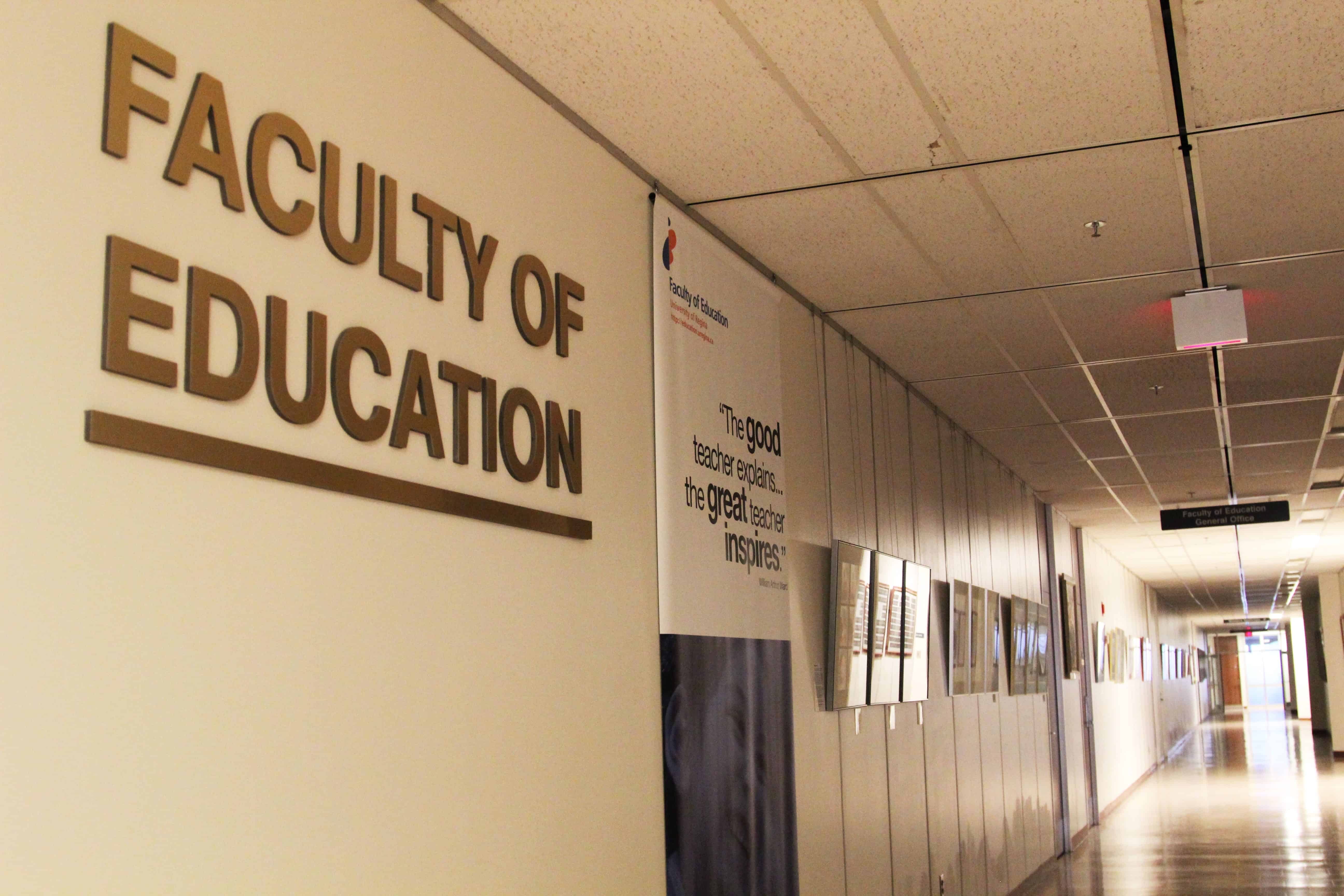The changing face of education

How newly built schools seek to improve education as whole
This week marks the beginning of a new journey for the residents of Prairie Valley School Division, as the brand new Emerald Ridge Elementary School opens to serve the growing White City-Emerald Park area. The Carillon was able to talk to some of the School Board members planning and building this school over the past six years.
Ben Grebinski is the CEO and Director of Education at Prairie Valley School Division. When asked about the 21-century school, and how it differs from the traditional school buildings that many of us attended in our elementary and high school days, Grebinski had much to say. Among the key differences are presentation and design.
“Schools of today certainly look a lot different than what traditional schools have looked like. Traditional schools took an institutional approach. Low ceilings, no windows, not a lot of space available for recreation or socialization. Everything looked the same no matter where you went!” Grebinski said with a chuckle. “It’s not the most inviting learning environment. In schools today, the building is influenced by the learning desires that we have within the education environment.”
The Carillon received a tour of the new school guided by Superintendent of Product Management, Lyle Stecyk, and Manager of Facility Operations, Bob Ballantyne. Just looking around the open common area provides a great sense of how open and vibrant the whole school is. It is a colorful, warm and welcoming environment that any child would be happy to attend in the coming years.
Moving on from the aesthetics of the building, the next question was about how student learning happens in the 21-century school. How much has the educational program changed in the past decade? Quite a bit in fact. A key change is the digital environment, a development that schools must accommodate.
“Today’s learning is all about accessing information; retrieving the information as opposed to being an expert in every area. Technology now drives a lot of what schools look like.”
An example that Mr. Grebinski used is that computer labs are not the only places that students can access information now, especially with students bringing their laptop, phone and tablet devices with them to school. It is all about being able to access information and data everywhere in the school.
“Schools are not just about bricks or mortar anymore. It’s about being able to access information through Wi-Fi anywhere in the building.”
Another new improvement to the education system is specified and assisted learning programs. It might seem difficult for some to believe, but every child has their own unique form of learning that must be encouraged to grow.
“We know that learning is natural, it is not institutional.” Mr. Grebinski stressed. “Kids learn in natural environments.”
In the case of Emerald Ridge Elementary School, Grebinski noted that the space almost does not look like a school, but more like a recreational centre. With the large gym and massive music and arts rooms, as well as project rooms and other learning spaces, Emerald Ridge students will not be held back in any way, whether academically or artistically.
An analogy that Grebinski likes to use to support this new open and unconventional school is, “The most brilliant people in the world, learned under a tree.”
Why force our students to learn in uncomfortable environments, when they can also have fun while they learn?
As Grebinski put it, “Learning should be filled with joy and laughter, and if our schools can generate joy and laughter, then I feel we are being very successful.”
The building was the product of a long and intense planning process, as Lyle Stecyk explained.
“We worked with our architectural firm and the engineers on their team to design a building that is going to be useable and practical for the long term. On average, our schools are 50 years old. As for the structure itself, efficiency is key, efficiency as far as utilization and people flowing in and out of the building. In terms of utilization of space for teachers, we spent a lot of time running differing scenarios with furniture in different classroom sizes. We wanted to make sure we were introducing characteristics that were best for long term stability, maintenance and repair.” Stecyk tells me.
Ultimately, this project showcases the changing face of education, both in the province and across the world. Education is changing, hopefully, to better suit the needs of students and instructors. Architecture is one of the first steps in revolutionizing the learning experience.
The excitement around this project has been incredible. Seeing the looks on the faces of administrators and teachers as they walk around the new school makes the long, grueling process seem more than worth it. The enthusiasm that both Mr. Grebinski and Mr. Stecyk feel for the project and their pride in the legacy that they will be leaving behind are evident. Grebinski put his feelings about the school and the legacy it will leave behind in the community into words.
“For me, what is really exciting about it is that I know that the school will be around for a very long time. It will be around for 50, 60, 70 plus years, and many people will go through the building. It is going to be a centerpiece of that community for a long time, and that is the legacy that I like to see this school division leave.”










